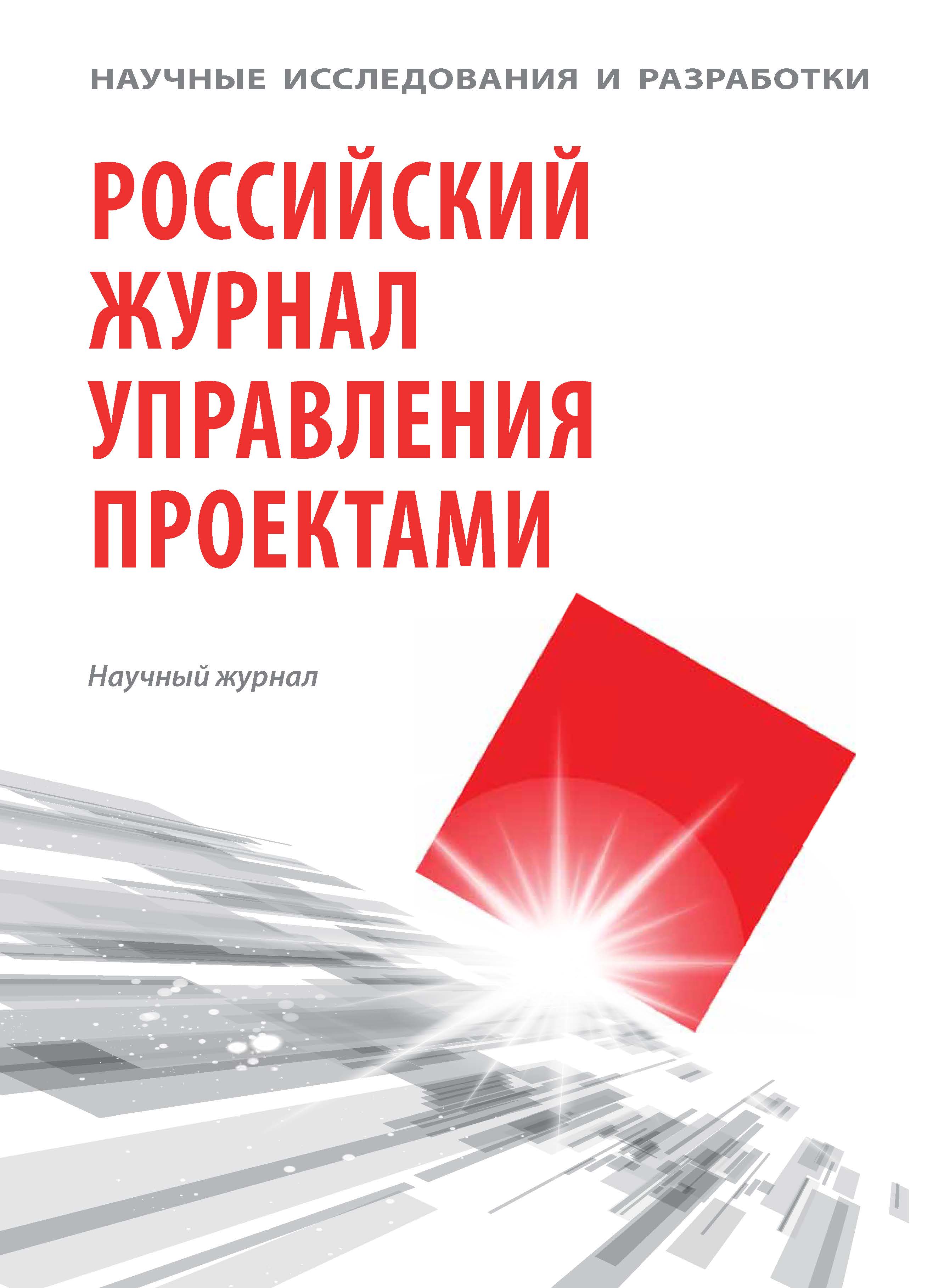Moskva, Moscow, Russian Federation
The paper is devoted to the new approach to value creation management in IT-based organizational change projects that utilizes the product service model, management by stages and value control. The approach solves the problem that a business-value created in a project is out of control because it is realized in the post-project stage. The paper studies value control problems that are conditioned by the utilization of the traditional IT-project lifecycle. The method of value metrics definition that is based on the product service model is presented together with the released value method a new method of value control that extends the earned value method with a vector of value creation performance indices. Those are to be considered in conjunction with the schedule performance index. Scope changes are used as an instrument to control the value creation process. The scope creep risk control is performed by calculation of stability margin based on previously done changes data.
change management, IT-projects, project stability, scope creep, business-value.
Введение
Статья посвящена проблеме создания бизнес-ценности в проектах организационных изменений, неотъемлемой частью содержания которых является создание или внедрение информационной системы. В качестве примера можно привести проекты автоматизации бизнес-процессов, внедрения ERP, CRM-систем, информационных систем управления проектами и др.
1. Aksenov E., Al'tshuler I. Autsorsing: 10 zapovedey i 21 instrument [Outsourcing: 10 commandments and 21 tools]. St. Petersburg, Piter Publ., 2009. 464 p.
2. Zuykov K.A. Obespechenie ustoychivosti sistemy upravleniya IT-proektami [Ensuring the sustainability of the IT project management system]. Rossiyskiy zhurnal upravleniya proektami [Russian Journal of Project Management]. 2016, I. 1.
3. Kozodaev M.A. Praktika postroeniya proektnykh ofisov [The practice of building design offices]. Upravlenie proektami i programmami [Project and program management]. 2012, I. 04(32), pp. 270-282.
4. Makkonnell S. Sovershennyy kod. Master-klass [Perfect code. Master Class]. Moscow, Russkaya redaktsiya Publ., 2010. 896 p.
5. Pashchenko D.S. O faktorakh, tormozyashchikh razvitie rossiyskikh IT-kompaniy v faze zrelosti [About the factors hindering the development of Russian IT companies in the maturity phase]. Menedzhment i biznes-administrirovanie [Management and business administration]. 2013, pp. 123-128.
6. Boehm B. Software engineering economics // 1981.
7. Boehm B. Balancing agility and discipline: A guide for the perplexed // Software Engineering Research And Applications; Lecture Notes in Computer Science: Springer-Verlag Berlin, 2004.
8. Briand L.C., Daly J.W., Wust J.K. A unified framework for coupling measurement in object-oriented systems // IEEE Transactions on software Engineering. 1999, V. 25, I. 1, pp. 91-121.
9. Croteau A.-M., Bergeron F. An information technology trilogy: business strategy, technological deployment and organizational performance // The Journal Of Strategic Information Systems. 2001, V. 10, I. 2, pp. 77-99.
10. Dunn R. Software defect removal. New York, NY, USA, 1984. McGraw-Hill, Inc.
11. Eisenhardt K.M., Tabrizi B.N. Accelerating adaptive processes: Product innovation in the global computer industry // Administrative science quarterly. 1995, pp. 84-110.
12. Fagan M.E. Design and code inspections to reduce errors in program development // Pioneers and Their Contributions to Software Engineering: Springer, 2001, pp. 301-334.
13. Grady R.B. An Economic Release Decision Model: Insights into Software Project Management, 1999.
14. Humphrey W.S., Snyder T.R., Willis R.R. Software process improvement at Hughes Aircraft // IEEE Software. 1991, V. 8, I. 4, pp. 11-23.
15. Knapp D. ITSM Process Design Guide. Fort Lauderdale, FL: J. Ross Publishing Inc., 2010. 255 p.
16. Kuprenas J.A., Nasr E.B. Controlling design-phase scope creep // AACE International Transactions. 2003. P. CS11.
17. Leffingwell D. Calculating the Return on Investment from More Effective Requirements Management // American Programmer. 1997, V. 10, I. 4, pp. 13-16.
18. Nesheim T., Hunskaar H.M. When employees and external consultants work together on projects: Challenges of knowledge sharing // International Journal of Project Management. 2015, V. 33, I. 7, pp. 1417-1424.
19. Nikula U. Empirical validation of the Classic Change Curve on a software technology change project // Information and Software Technology. 2010, V. 52, I. 6, pp. 680-696.
20. OGC. Managing Successful Projects with PRINCE2: The Stationery Office, 2009. 342 p.
21. Ohara S. A Guidebook for Project and Program Management for Enterprise Innovation (P2M), 2005. Vyp. Project Management Association of Japan. 93 p.
22. PMI. Rukovodstvo k svodu znaniy po upravleniyu proektami (rukovodstvo PMBoK) [PMI. A Guide to the Recognition of Project Management (PMBOK Guide)]. Project Management Institute Publ., 2013, I. 5, 586 p.
23. Portougal V., Sundaram D. Business processes: operational solutions for SAP implementation. Hershey, PA: IRM Press, 2006. 329 p.
24. Rivard S., Raymond L., Verreault D. Resource-based view and competitive strategy: An integrated model of the contribution of information technology to firm performance // The Journal of Strategic Information Systems. 2006, V. 15, I. 1, pp. 29-50.
25. Shull F. i dr. What we have learned about fighting defects // Software Metrics, 2002. Proceedings. Eighth IEEE Symposium on: IEEE, 2002, pp. 249-258.
26. Van Rensburg A.C.J. An object-oriented architecture for business transformation // Computers & industrial engineering. 1997, V. 33, I. 1, pp. 167-170.
27. Willis R.R. Hughes Aircraft’s Widespread Deployment of a Continuously Improving Software Process // Software Engineering Institute. 1998, I. 6.






